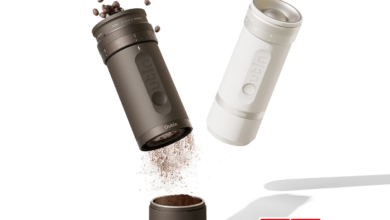
Why a Phone is Your Best Friend After a Car Accident
Now more than ever it seems like people are attached to their phones. We use them for news, for music, for taking photos, for videos, for work and for play. There is one place though that almost everyone agrees that a phone doesn’t belong; the car. Distracted driving causes over 940,000 accidents a year and this has led for many to ditch the phone when driving. While being behind the wheel and on the phone don’t mix it’s hard to argue against the importance your phone can have during an accident.
Table of Contents
Contacting the Authorities
After an accident it’s always best to make sure that you and your passengers are okay. Safety should always be your number one priority. Once it’s established that everyone is okay your next step should be to call the authorities. While the police may not need to cite anyone for the accident it’s always best to have a professional on scene for these reasons.
- Police officers can mediate interactions between motorists. People aren’t always in the right headspace after an accident and making sure that someone is there to help keep heads cool is always a good idea.
- Police officers can help divert traffic and make sure that everyone is safe. Police officers are trained to understand and be able to make judgment calls about people’s well being during an accident. They also have direct contact to emergency services if someone involved in the accident needs medical attention.
- Officers can also be used to make a record of the scene of the accident. Their professional record of the accident can be extremely important later.
Your Insurance Information
Many insurance companies offer apps that can hold a digital version of your insurance card. The beauty of these apps is that they also can walk you through what you should do during an accident to protect yourself and the claims you might later be making in case of an injury or getting payment for your car. The app is also beneficial because it can allow you to:
- Share a digital version of your insurance card with other motorists.
- Has a spot where you can receive digital information from other motorists.
- In the case that another motorist has a paper idea you can take a picture of it and have it directly saved to your phone.
Getting a Clear Picture of the Accident
After exchanging information with the other motorists and contacting the authorities your phone has another important function; documenting the accident. This often overlooked step can lead to the details of the accident being murky. While people’s memories can be unreliable, especially after an accident, photo evidence isn’t. Photos can help an expert understand:
- The accident itself.
- What contributed to the accident.
- Where fault lies.
- What injuries may have been sustained and the extent of those injuries.
Calling a Loganville, GA Car Accident Lawyer
Once the accident is taken care of and all parties are able to leave the next step your phone should be used for is to call a Loganville, GA car accident lawyer. While it may not seem like you need a lawyer it is always best to check with a lawyer after going through an accident. They can review the police report, look at your pictures, and see if you have injuries that surface a couple of days after the accident. A lawyer can help protect you if another motorists tries to pursue a case against you or if an insurance company refuses to pay out for an injury or a claim.








